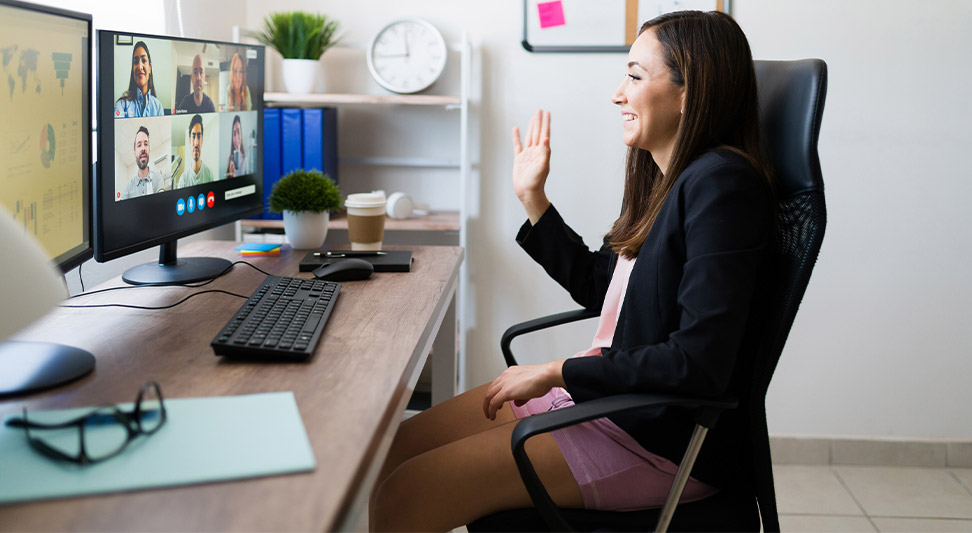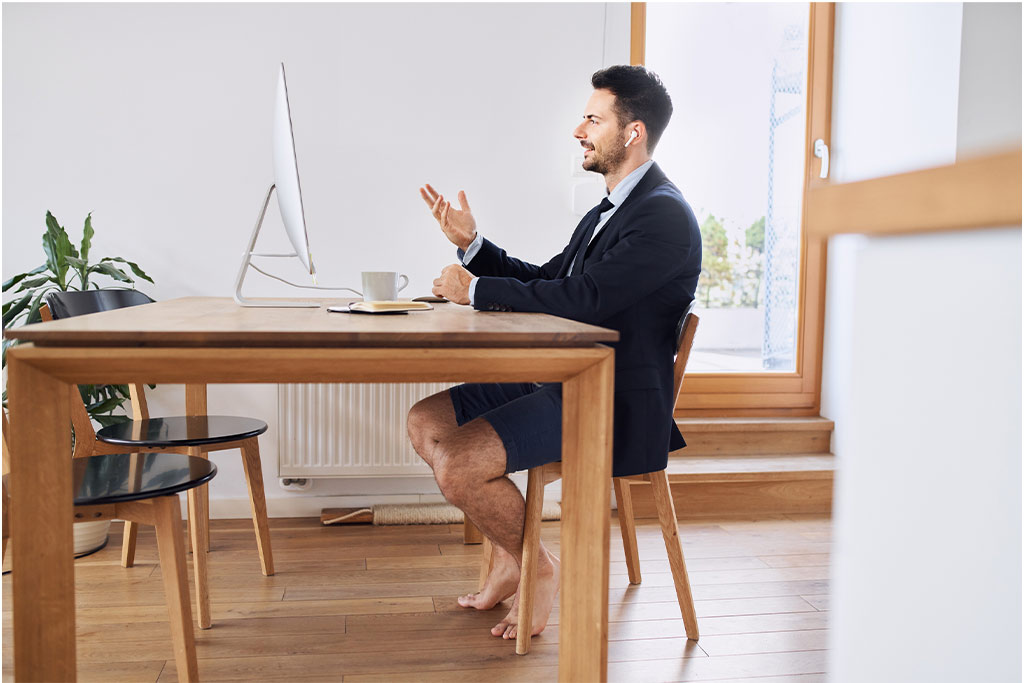It’s March! Can you believe it? The winter cold is starting to fade away, the days are growing longer, and all over the country, students are dreaming of spring break. This is the time of year when everyone starts thinking about LASIK in Oklahoma City so they can ditch the glasses before they hit the beach.

But in our world, March represents something completely different. March has been declared Workplace Eye Wellness Month by Prevent Blindness (the oldest non-profit advocate for eye health and fighting blindness in the U.S.), along with sponsorship support from the American Academy of Ophthalmology.
Their mission is to bring awareness of workplace eye health issues to employers and employees by sharing information and resources to educate people on proper eye protection and eye care on the job.
Is Workplace Eye Safety Really an Issue?
In short, yes. The American Academy of Ophthalmology has found that nearly 2,000 workers sustain job-related eye injuries each day. Of these injuries, most were sustained by falling objects, tool-related mishaps, chemical splashes, and particles or sparks. 90% of these injuries could have been avoided with proper eyewear and safety precautions.
Simply put, the act of putting on a pair of protective glasses or goggles and being aware of potential dangers could alleviate the large majority of workplace eye injuries. Fewer injuries would result in less missed time and pay for employees, more productivity for employers, and a wealth of savings when it comes to medical care.

Rethinking the Workplace
We’d be remiss if we didn’t pause here and address those of you sitting at home reading this in your button-ups and boxer shorts. The truth is, the last two years have drastically changed what a large portion of America considers “the workplace.”
In 2020, the world changed. Companies were forced to rethink the standard office environment and 8-5 workday and were burdened with finding ways to motivate a mobile workforce. In the end, organizations that were able to pivot to an in-home, remote-working model were better equipped to handle the COVID storm. And many of these companies actually saw productivity increase.
So there you are, sitting at home, working hard, unconcerned about falling objects, chemical splashes, and tool-related eye injuries. The reality is that your eyes may be at a greater risk than ever before.
The American Academy of Ophthalmology explains that as home and office spaces merged during the pandemic, many people said they spent more time in front of screens and suffered because of it. They complained of eye strain, headaches, and dry eye, and worried that they might be doing permanent damage to their vision. And while the pandemic may be slowing, it doesn’t appear as though companies have any intention of returning to “business as usual.”
Business Insider reports that a recent study suggests two-thirds of businesses expect that their temporary work-from-home policies will become permanent after the pandemic. This means that many of you will have the good fortune of permanently replacing your work attire with sweatpants and house slippers. But that also means that the eye strain you have been feeling could be a new normal in your life.
That is unless you take the necessary steps to prevent work-related eye strain.
Computer vision syndrome, aka digital eye strain, is a group of eye problems that can happen after looking at a screen for too long. The symptoms include blurry vision, headaches, and tired, dry eyes. It happens because we blink less often when using screens. Blinking is important because it keeps the surface of the eye moisturized. Extended reading, writing, or other intensive up-close work can also cause eye strain.

The good news, according to Dianna Seldomridge, MD, clinical spokesperson for the American Academy of Ophthalmology, is that looking at a computer, tablet, or smartphone for long periods of time will not cause permanent damage. Dr. Seldomridge explains that there are a few simple changes we can make to ease the discomfort that our eyes experience from staring at our screens for too long.
- Make taking breaks a habit. Practicing the 20-20-20 rule will help you remember to blink. Set a timer on your phone or watch to remind you to look 20 feet away every 20 minutes for 20 seconds. This can be as simple as looking away from your computer screen or out the window. If you’re not in the middle of a Zoom call, you can also just shut your eyes for 20 seconds.
- Practice eye ergonomics. Sit 18 to 25 inches away from your computer screen, about arm’s length. Adjust screen brightness and contrast so that it feels comfortable. Also, position the screen so your eyes gaze slightly downward, not straight ahead or up.
- Use artificial tears. Eye drops will help keep your eyes moist and relieve the discomfort of dry eye. These can be bought over the counter without a prescription.
- Hook up a humidifier. A humidifier will add moisture to the air and minimize dry eye. This is especially good for people who live in cold areas and use heaters often.
- Consider computer glasses. If you have trouble seeing your screen, ask your doctor about computer glasses. These progressive lenses are specifically designed for focusing on computer screens, which are usually positioned about 20 to 26 inches away from the face.
- Skip the blue-light-blocking glasses. The American Academy of Ophthalmology does not recommend blue-light-blocking glasses because there is no scientific evidence that blue light coming from a computer screen causes digital eye strain or damages the eye.
Good Vision Could Be Your Greatest Protection
At nJoy Vision, we want everyone to feel empowered to explore LASIK or other laser vision correction procedures. In as little as 15 minutes, our doctors can help you bury your glasses or contacts in the sand for good.
But, better vision doesn’t just mean a better spring. It means better protection for your eyes while on the job. No more glasses means a better fit for protective eyewear. And for those of you cozying up to your computer in your home office, clearer vision means a safer distance from your screen.
Our team of OKC laser vision experts would love to chat with you about the many laser vision correction options we offer. Please request a consultation online or call (405) 842-6060 today. Let us help you celebrate Workplace Eye Wellness Month by taking the first step toward better vision.
Schedule your FREE consultation and nJoy the Spring LA$1K Savings with $1k of LASIK at nJoy Vision

